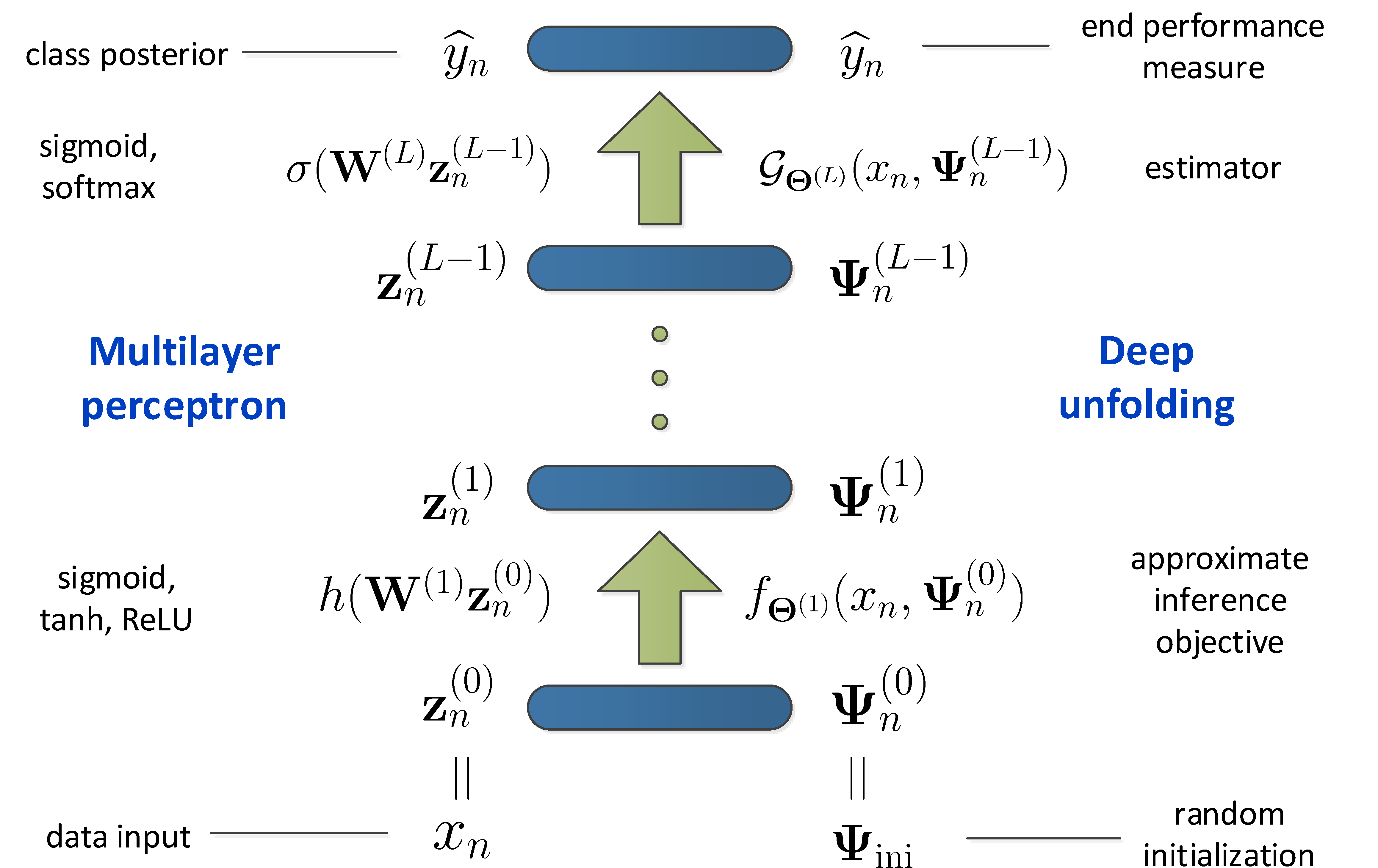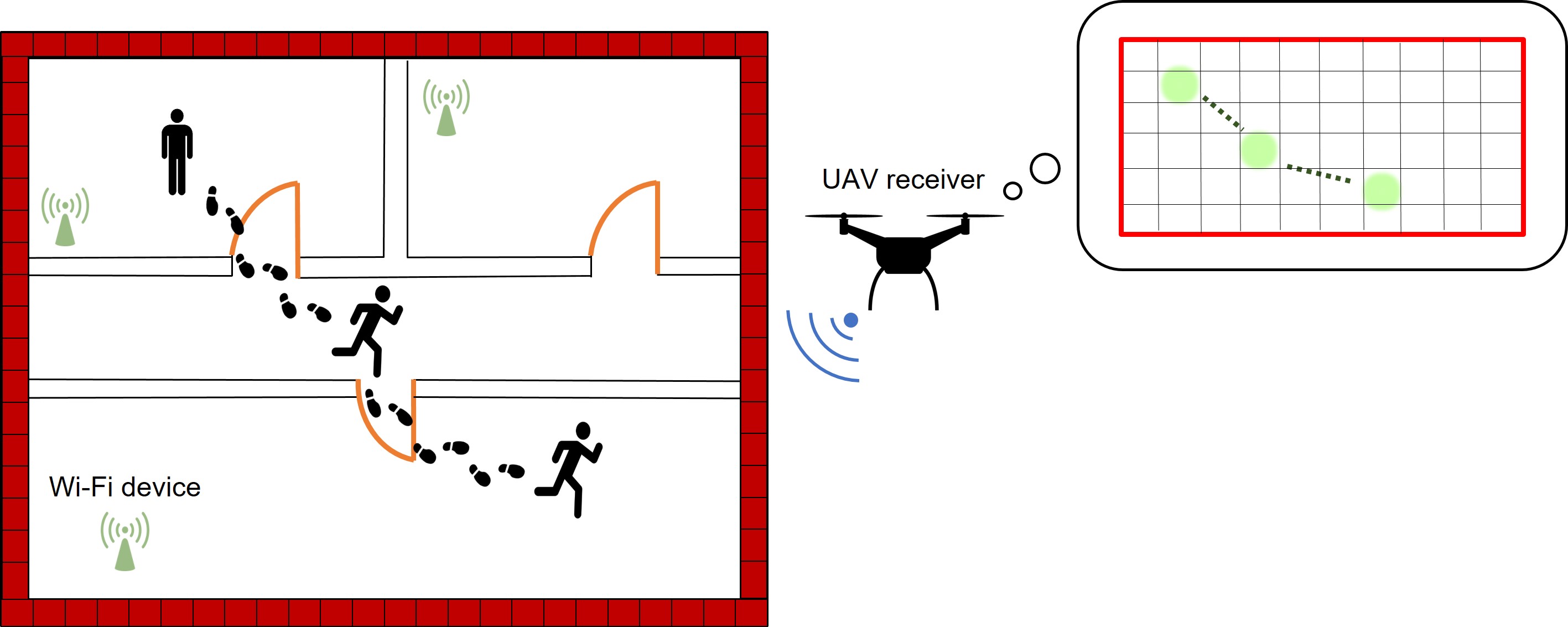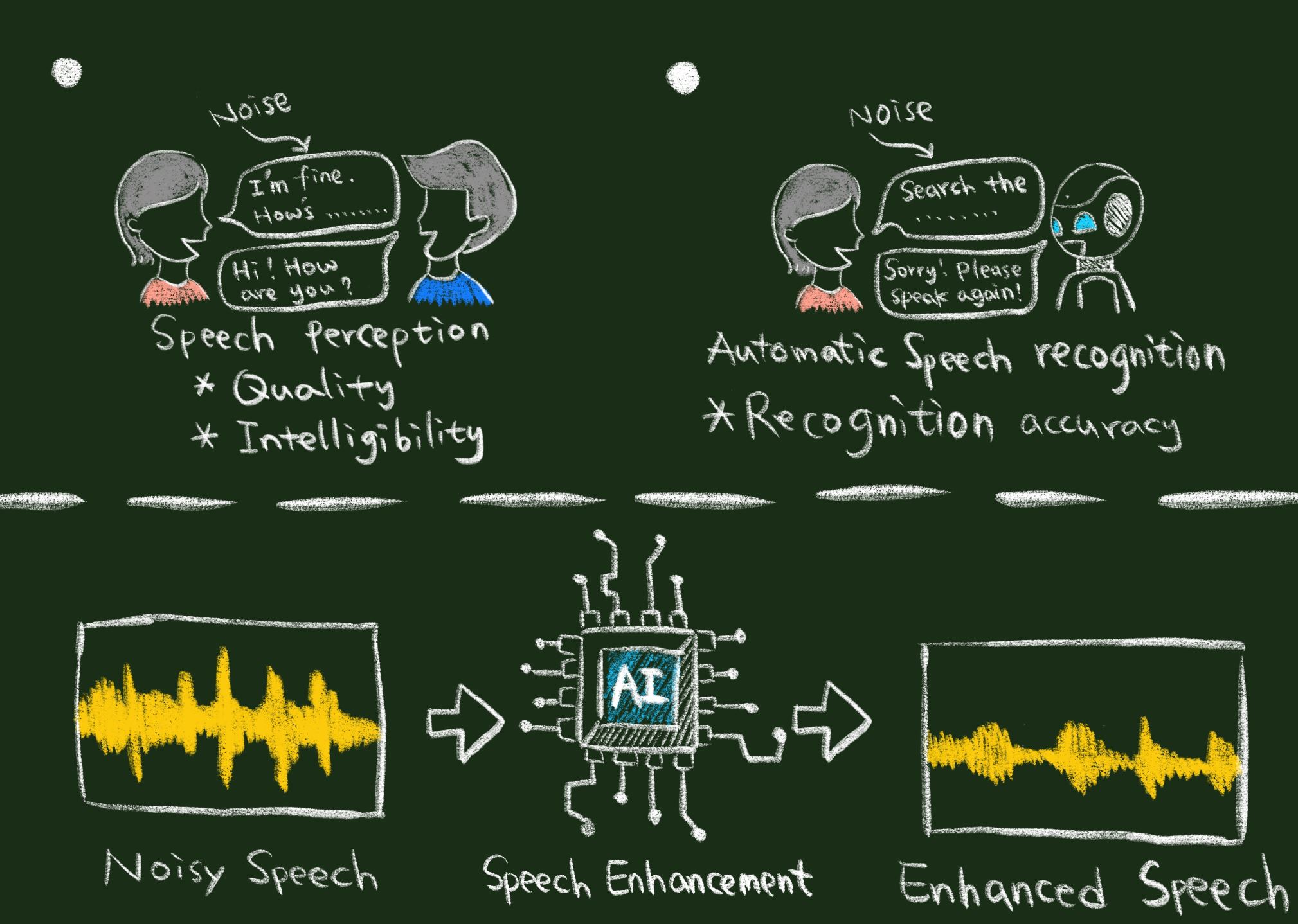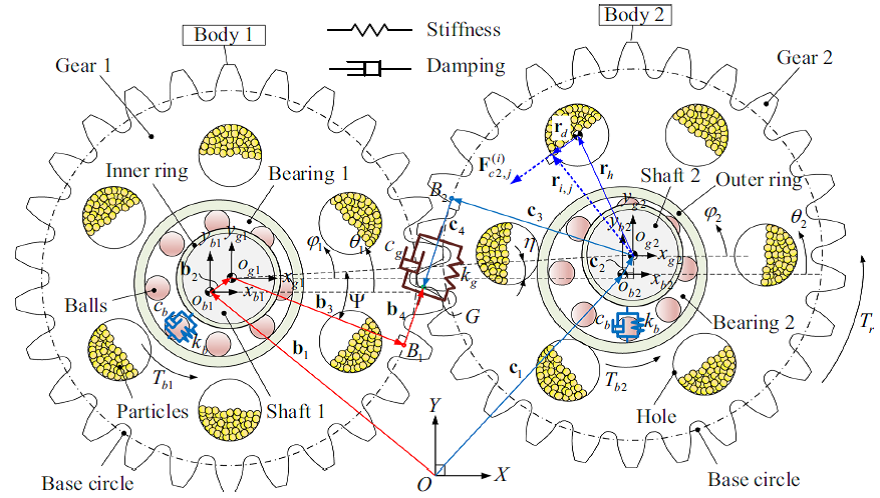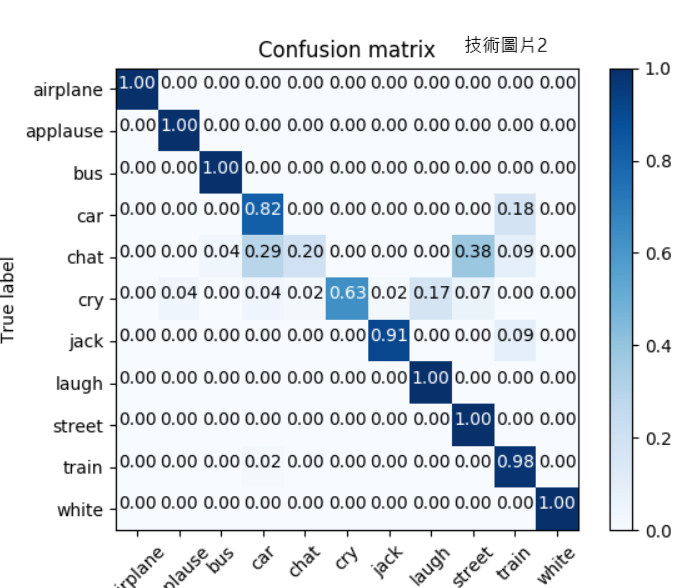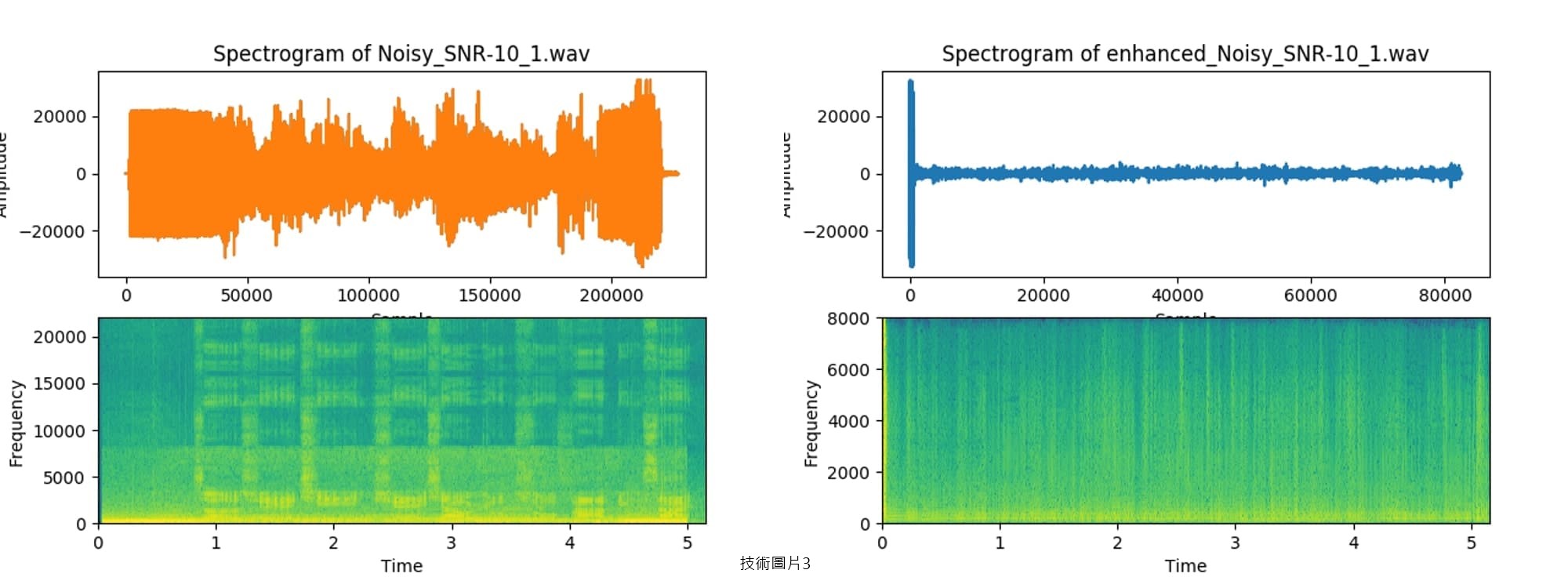| Technical Name | MobileNet and APP based on Deep Neural Network: The Trend of Noise Reduction and Hearing Gain Improvement for Cochlear Implants and Hearing Aids | ||
|---|---|---|---|
| Project Operator | Cheng Hsin General Hospital | ||
| Project Host | 力博宏 | ||
| Summary | The whole system architecture for noise reduction is illustrated in technical picture 1. There are two types of DNNs included in the system architecture. The first type of DNN is noise classifier (NC) and the second type is deep denoising autoencoder (DDAE). Both are lightweight DNN architecture in order to run on the embedded system. The main function of the NC is to distinguish the 11 types of pre-training noises commonly encountered in daily life. If more types of noises need to be distinguished, it can be achieved by collecting new noise data and retraining the parameters of the DNN. Besides, the system contains 12 DDAEs, of which 11 noise dependent (ND) DDAEs correspond to each noise type and can decrease the noise depending on the environmental noise. The remaining noise independent (NI) DDAE can decrease noise not included in the pre-training types of noises. The performance of the NI DDAE is less optimal than ND DDAE, but can be responsible for varied environmental noises. |
||
| Scientific Breakthrough | In the noise reduction neural network architecture, the noise environment is first recognized by the noise classifier (NC), and the corresponding deep denoising autoencoder (DDAE) is selected according to the result of the classifier to improve the noise reduction effect. In order to deploy the neural network on the embedded system, we reduce the size of the model by replacing the previous Full Connected (FC) architecture with the convolution neural network (CNN) architecture. The current result shows that the size of the NC model parameters can be reduced by 79% and its accuracy is not massively compromised as well. |
||
| Industrial Applicability | The HAs/CI has optimal performance in a quiet environment but is limited by noises. Our team presents an NC+DDAE model, which is a model designed to overcome background noises and provide a crucial solution to noise interference on the current HAs/CI. |
||
| Keyword | Hearing aid Cochlear implant Artificial intelligence Deep learning Convolution neural network Lightweight deep neural network Noise classification Noise reduction Embedded Application APP | ||
- hearingchgh@gmail.com
other people also saw

